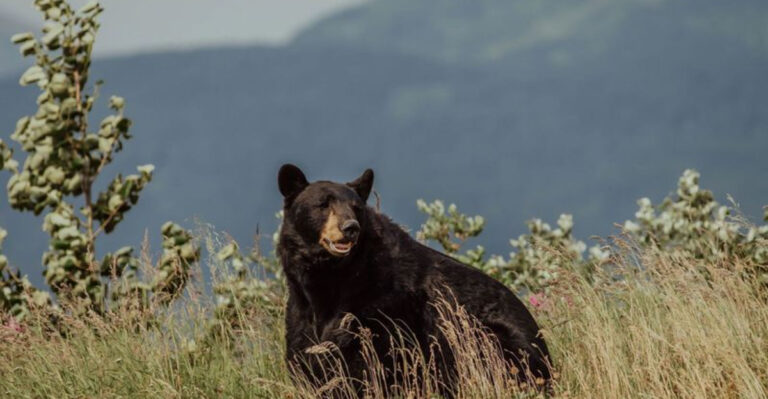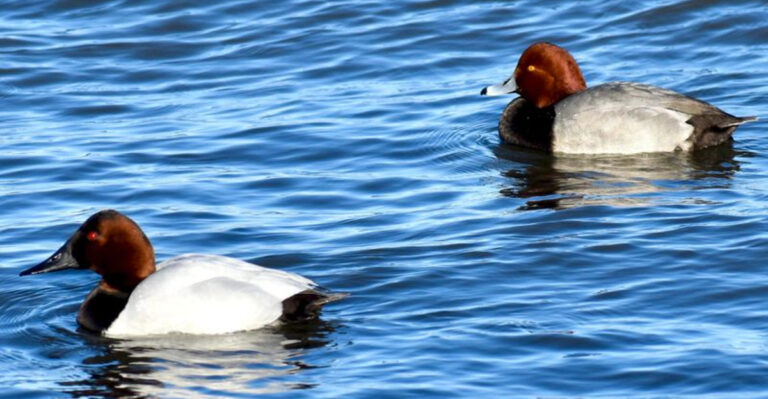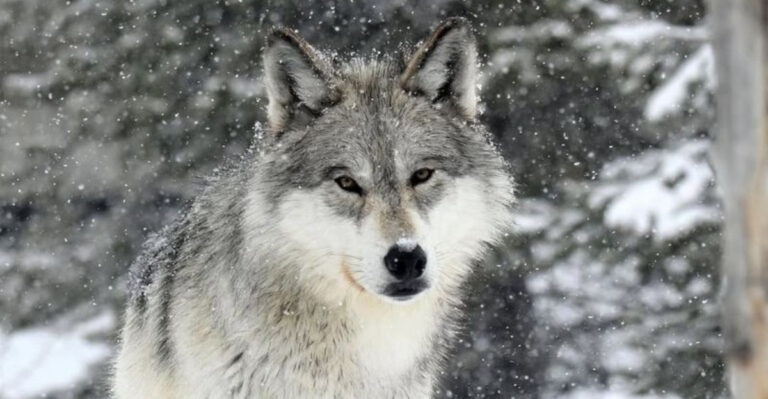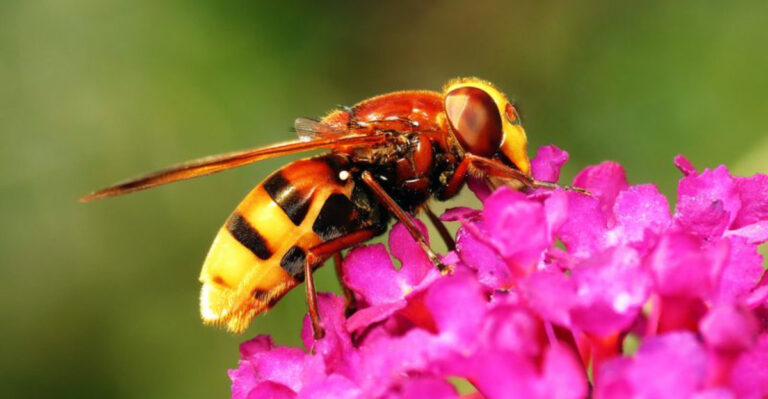Earth’s Oldest Living Creature Discovered, Dating Back 700 Million Years
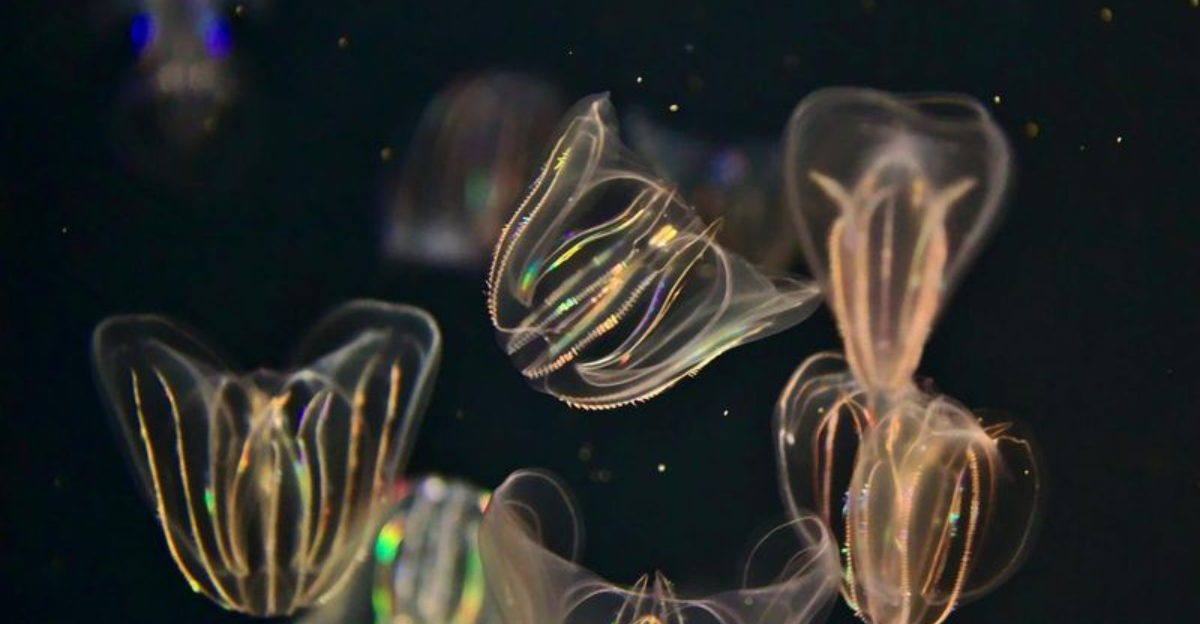
Scientists have made a groundbreaking discovery that’s changing our understanding of life on Earth. Comb jellies, shimmering ocean creatures that look like tiny underwater rainbows, may be the oldest living animals on our planet – dating back an incredible 700 million years!
These ancient beings have survived through five mass extinctions and witnessed the entire evolution of complex life on Earth. Let’s explore what makes these remarkable creatures so special and what they can teach us about life’s beginnings.
The Discovery Of The Oldest Living Creature On Earth
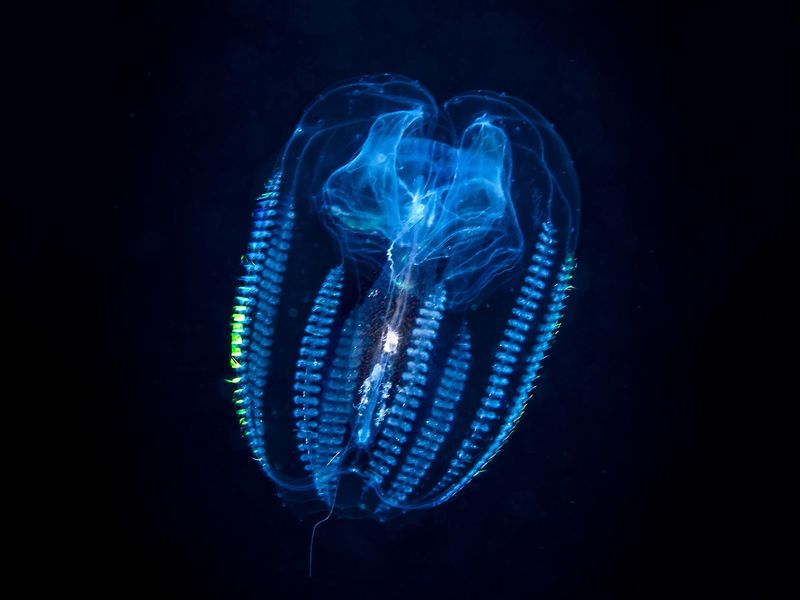
Researchers working in remote ocean trenches stumbled upon something extraordinary – living comb jellies with genetic markers virtually unchanged for 700 million years! The team used advanced DNA sequencing to confirm these creatures carry the same basic genetic blueprint as their ancient ancestors.
The finding shocked the scientific community. Most organisms evolve significantly over time, but these jellies appear to have found their perfect form early in Earth’s history.
The discovery provides a living window into Earth’s distant past, offering researchers a chance to study what is essentially a living fossil swimming through today’s oceans.
What Came First: Sponges Or Comb Jellies?
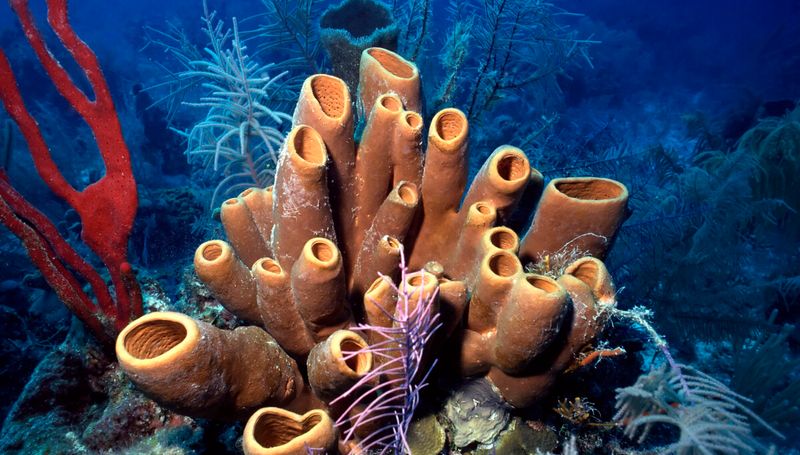
For decades, scientists believed sea sponges were the first animals on Earth. New evidence about comb jellies has sparked a heated debate in scientific circles!
Genetic studies suggest comb jellies might have branched off first from our common ancestor, making them the oldest animal lineage. Their simple nervous systems and muscle cells actually represent revolutionary adaptations that appeared before sponges’ filter-feeding lifestyle.
This controversy has split biologists into competing camps. Resolving this question matters because it helps us understand how complex features like nerves and muscles evolved in the first place – did they appear once and get lost in sponges, or evolve independently multiple times?
How Comb Jellies Have Survived For 700 Million Years
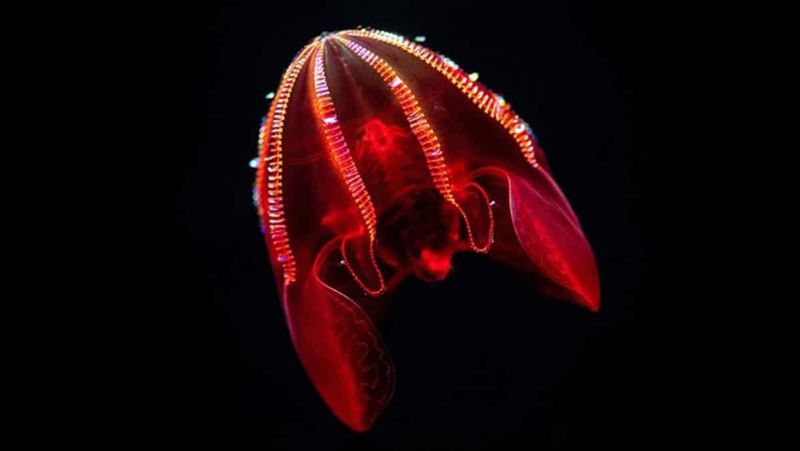
Survival champions of the animal kingdom, comb jellies have outlasted dinosaurs, woolly mammoths, and countless other species. Their secret? Incredible adaptability and a simple yet effective body design.
Unlike many creatures that became too specialized, comb jellies remained versatile feeders. They can survive in various water temperatures and depths, from tropical seas to Arctic waters.
Their gelatinous bodies require minimal energy to maintain, allowing them to thrive even when food is scarce. Plus, their rapid reproduction rate – some can clone themselves if necessary – ensures their survival through catastrophic events that wiped out more complex organisms.
The Role Of Comb Jellies In Ancient Oceans
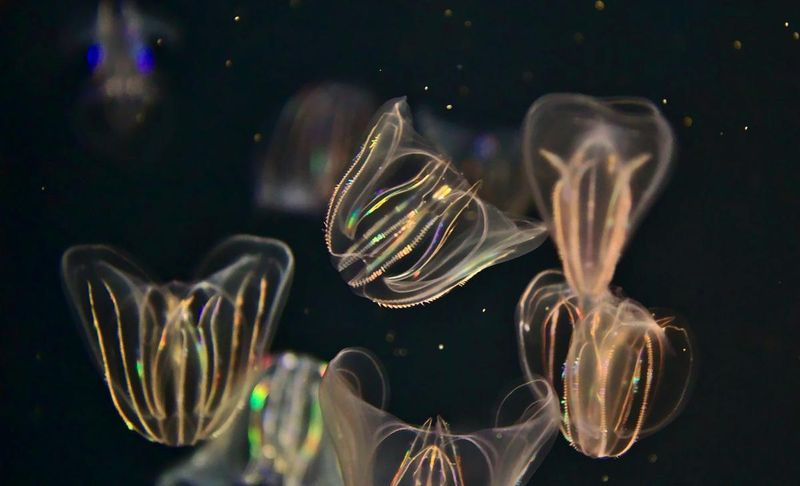
Imagine Earth’s primordial seas – vast, mysterious waters where comb jellies reigned as one of the earliest predators! These ancient hunters patrolled oceans long before fish existed, capturing tiny organisms with their sticky tentacles.
As ecosystem engineers, they helped shape marine food webs from the beginning. Their constant feeding controlled populations of microorganisms, preventing any single species from dominating.
Fossil evidence shows ancient comb jellies were more abundant and diverse than today. They filled ecological niches later occupied by more complex creatures, essentially serving as the original ocean cleanup crew and helping cycle nutrients through primitive marine ecosystems.
Comb Jellies Vs. Jellyfish: What’s The Difference?
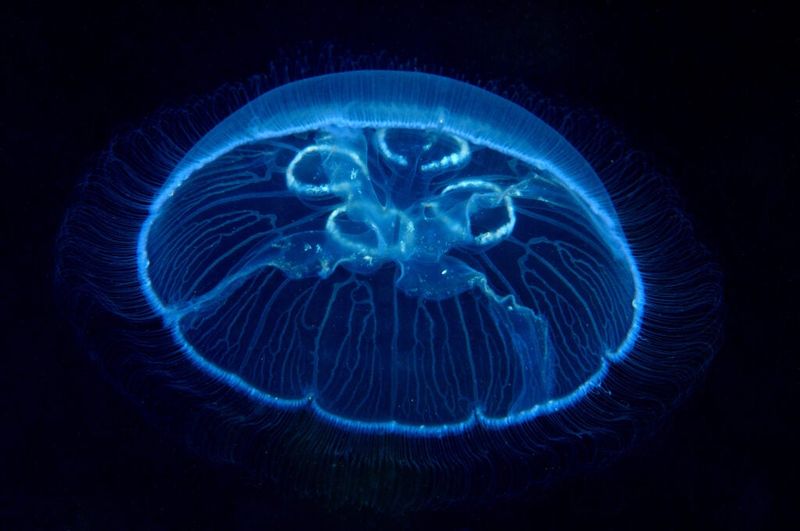
Despite their similar appearance, comb jellies and jellyfish belong to entirely separate animal groups! Comb jellies (ctenophores) propel themselves using tiny hair-like structures called cilia that form eight “combs” along their bodies, creating rainbow-like patterns as they move through water.
Unlike jellyfish, comb jellies don’t sting – they use sticky cells to capture prey. Their bodies contain two layers instead of three, and they digest food in a different way.
Most fascinating is their nervous system, which works differently from all other animals. Some scientists believe comb jellies evolved nerves completely independently from the rest of the animal kingdom!
What Fossils Can Tell Us About Comb Jellies’ Evolution
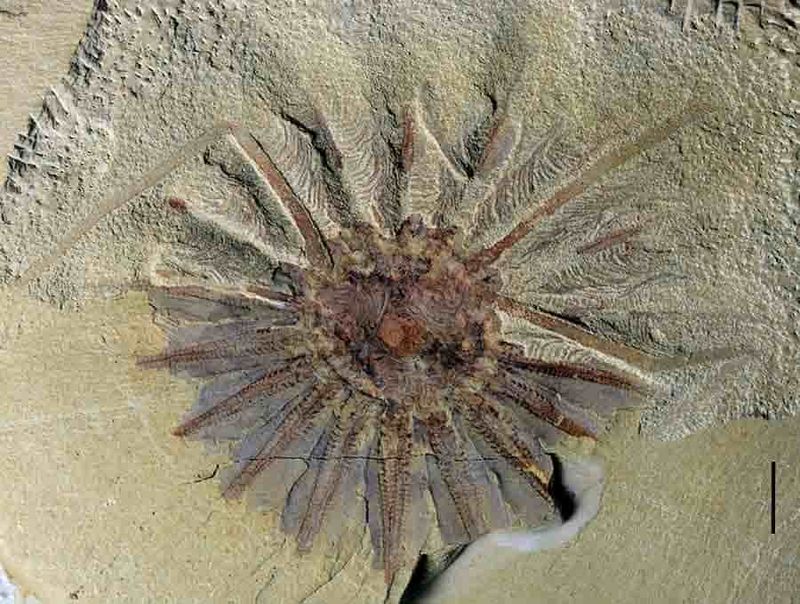
Fossilized comb jellies are incredibly rare treasures because their soft bodies typically decompose without leaving traces. A handful of exceptional discoveries in China’s Chengjiang fossil beds revealed 520-million-year-old comb jelly ancestors with surprising features!
These ancient relatives had more solid body parts than modern comb jellies. Some possessed rigid plates and even primitive skeletons that later disappeared.
The fossil record suggests early comb jellies were more diverse and complex than their modern descendants. This challenges our understanding of evolution – rather than becoming more complex over time, comb jellies may have actually simplified, shedding features that weren’t necessary for their survival.
How Comb Jellies Thrive In Today’s Oceans
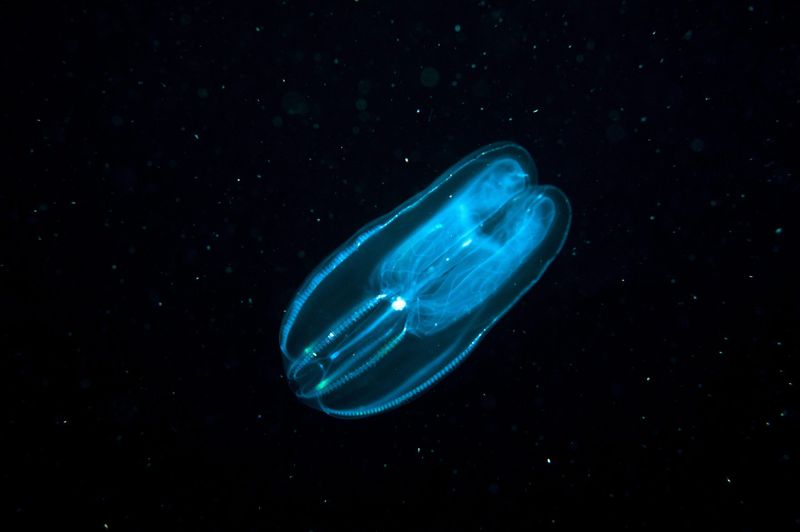
Modern comb jellies are marine survival experts, flourishing in environments from shallow coastal waters to the deepest ocean trenches. Their transparent bodies make them nearly invisible to predators, while their bioluminescence – creating stunning blue-green light displays – confuses attackers and attracts prey.
Remarkably adaptable, some species can eat up to ten times their body weight daily! When food becomes scarce, they can shrink to conserve energy, essentially “getting smaller” instead of starving.
Certain species have become invasive in new waters. The warty comb jelly, accidentally introduced to the Black Sea, multiplied rapidly and devastated local fish populations by consuming fish eggs and disrupting the entire food chain.
The Evolution Of Comb Jellies In Marine Life
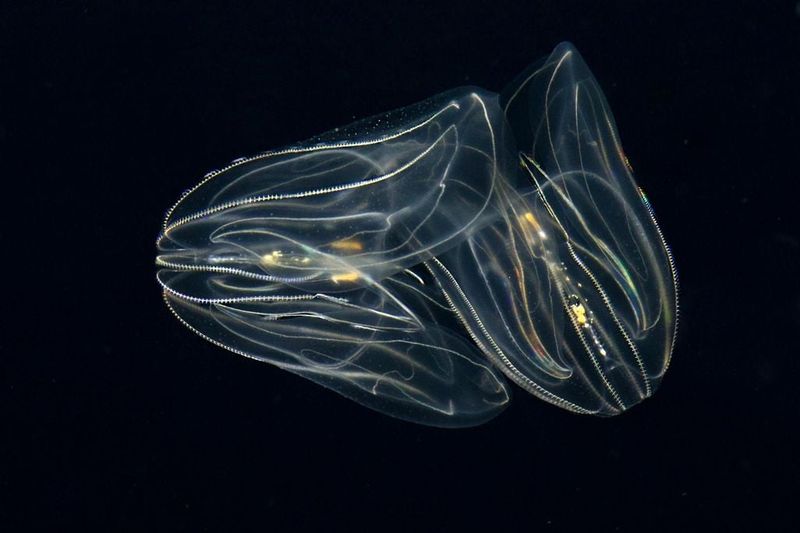
The evolutionary journey of comb jellies reads like a science fiction story! These creatures followed a completely different path than almost every other animal group on the planet.
While most animals added complexity over time, comb jellies took a “less is more” approach. They actually lost genes and simplified their bodies over millions of years, perfecting their gelatinous form.
Scientists discovered comb jellies have unique nervous systems unlike any other animal. They use different neurotransmitters and their cells communicate in ways not seen elsewhere in nature. This suggests they may represent an entirely separate evolutionary experiment in how animals could develop – a different branch on life’s tree that took an alternative route to survival.
Why Comb Jellies Are Considered One Of Earth’s First Animals
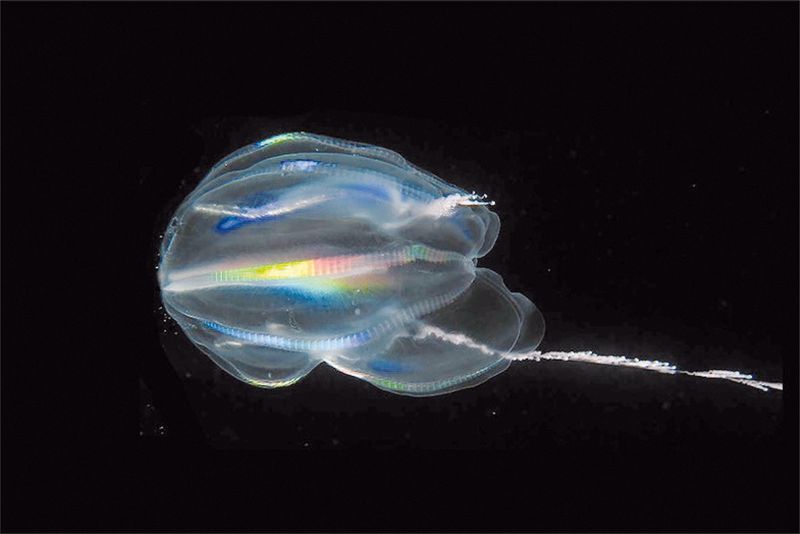
Genetic evidence places comb jellies at the very base of the animal family tree. Their DNA contains ancient patterns that appear to have developed before all other animal groups split off from our common ancestor.
The simplicity of their body plan – with just two tissue layers instead of the three found in most animals – represents a transitional stage between single-celled life and more complex organisms. Their digestive system is basically just a sac with one opening, about as simple as an animal can get while still being considered an animal!
Their unique method of swimming using cilia (tiny hair-like structures) may represent the first form of animal movement, predating muscles.
What Comb Jellies Can Teach Us About The Origins Of Life
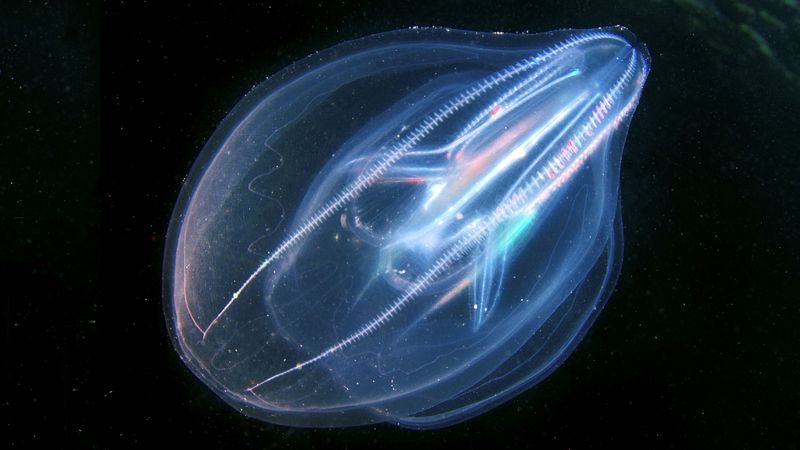
Comb jellies serve as living laboratories for understanding how life evolved from simple to complex forms. Their unusual genetics – having completely unique genes not found in any other animals – suggests multiple paths to developing key features like nervous systems.
Scientists studying comb jellies have discovered they use different molecules for nerve cell communication than all other animals. This shocking finding hints that nervous systems might have evolved twice on Earth through completely different mechanisms!
By examining how these ancient creatures function, researchers gain insights into life’s fundamental building blocks. Their study helps answer one of biology’s biggest questions: did complex features like brains, muscles, and digestive systems evolve once, or did nature discover multiple solutions to these challenges?
How Comb Jellies Have Adapted Over Millions Of Years
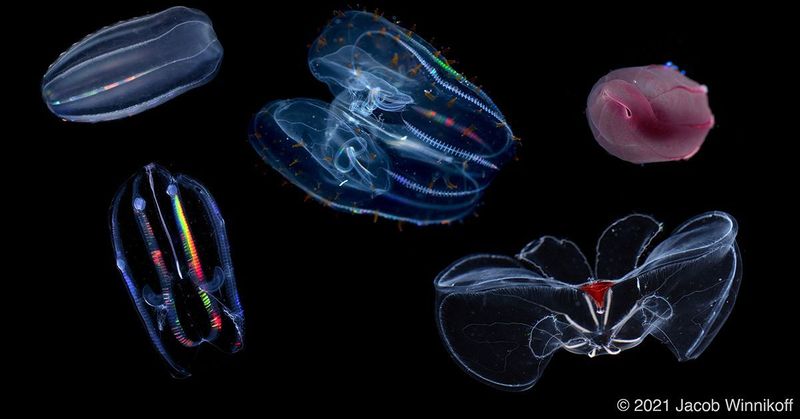
Comb jellies are masters of evolutionary persistence, maintaining their basic form while fine-tuning it for survival. Some deep-sea species developed enormous mouths capable of expanding to swallow prey larger than themselves!
Others abandoned tentacles entirely, evolving flat, leaf-like bodies that drift through water currents. The Venus’ girdle species stretched its body into a ribbon nearly 5 feet long but paper-thin, allowing it to wrap around prey like a living net.
Perhaps most remarkably, certain comb jellies developed the ability to regenerate their entire bodies from tiny fragments. Cut one into pieces, and each piece can regrow into a complete animal – an adaptation that makes them nearly impossible to eliminate even after 700 million years.

